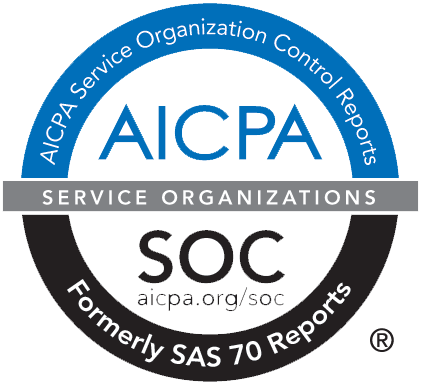Virtualization technology developed at a high pace in recent years, initially with server virtualization and then with desktop virtualization. The basic hierarchy and link between the PC hardware, operating system, applications, and display is broken in the latter. This enables several desktop clients to be functional from anywhere and the data to be managed in a centralized way. Security, updating systems or software, recovering data when individual systems fail, and so on becomes easier.
The Big Difference
Instead of setting up a thousand more systems with licensed software and applications, a single server can be set up as the core system. This server will then host the several desktops which can be anywhere and in any form like tablets, mobile phones, laptops, and workstations. The dependence of end devices on a core system also implies that server management has to be robust. This is one of the many reasons why this management is often outsourced to a specialized technology services company.
Pros & Cons
One size does not fit all when it comes to desktop virtualization and virtualization related technology like cloud computing. Solutions and processes have to customized, even tailored exclusively to secure all the pros and avoid all the cons involved with virtualization.
The usual pros are:
A Win-Win for Management and Users: All kinds of user environments can be enabled while maintaining a centralized control. Operational challenges like updating, upgrading systems or apps, monitoring the activities and securing all information, data, reports, and logs are made easier while users enjoy flexibility, save time, and are more productive.
Reduction in Costs: Hardware, support, and administrative costs are substantially reduced thereby resulting in business savings. As seen above, hardware can take many forms, support is available via virtual help desk, and no dedicated team of engineers and managers is needed as everyone has the same OS and apps managed centrally.
Security and Stability: Since the system is centralized, the secure data center houses the core. Hence several systems across many locations need not be secured separately. Encryption also protects the confidentiality of the work activities happening across all clients.
Some cons are:
Extensive Storage Needed: Due to presence of several users and their personal preferences, storage space is used up quickly and is difficult to predict. Often, additional storage has to be added to meet demand.
Infrastructure Investment: A requirement of supporting virtualization across many devices is a heavy investment in high quality servers, storage, and network infrastructure. This hardware is usually a one-time or periodic cost. If the core gets affected, there could be a business-wide downtime. No wonder it is recommended to use top quality servers and desktop virtualization services like those provided by cloud computing technology companies.
This article talks about the potential impact, benefits, and shortcomings of desktop virtualization.










